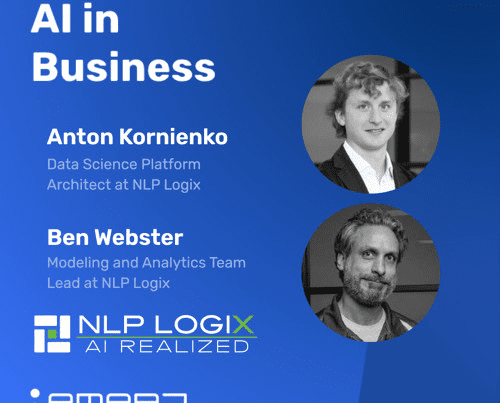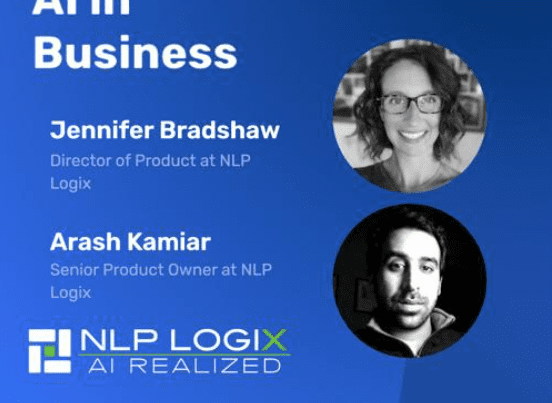How Can I Leverage All of my Data?
Introducing the 10Q – Data Assessment
Have years’ worth of data collected across multiple systems? You know it is valuable but don’t know what to do with it? You want to be innovative with AI but not sure how ready your data is? To better help our partners answer these questions, we created a data discovery framework we call the 10Q. I know what you’re thinking, 10Q, are these guys the FEDs? We love our country very much, but we are not the Feds asking for your 10Q quarterly report. 10Q actually stands for 10 questions that we ask every week as we dive deep into your data.

Now that is out of the way, let’s take a deep dive into what the 10Q process is:
Step one
- Taking an inventory of our client data, which involves pulling data from various sources and compiling the data into one cohesive structure. Equally as important as data gathering is tribal knowledge gathering. Through workshops and interviews, NLP Logix learns from all levels of the organization to understand how data is collected and used today, what processes are in place, and what areas of friction exist around data utilization.
Step two
Once data is collected, we enter the analysis phase. During this phase, we start each week with a series of questions (to be answered by the client), using the data collected. At the end of each week we meet with our client’s stakeholders for a review and to discuss the next set of questions. Before the next week begins, the next set of questions is answered.
Step three
After the iterative analysis, the 10Q wraps up with a presentation of the most interesting findings, focusing on actionable insights, and recommendations in the form of a roadmap. We additionally deliver a Book of answers – a white paper containing answers to all the questions that were discussed and detailed recommendations. The book of answers also contains visual and descriptive summaries of all workshops.
Okay, all of that is fine and dandy, but why do I need the 10Q?
When you do undirected research, an approach that doesn’t incorporate feedback at every step, the analysis will typically end up falling flat. Without intrinsic insights brought by the folks that collect and use this data day to day, the right questions are often overlooked. For this reason, NLP Logix started the 10Q. We want to ensure that every data discovery project provides the most possible value for the organization, from the C-suite to those on the ground.
Well, how long is the process going to take. I need AI right now!
A typical 10Q can range from two to four months. Dependencies are based on the amount of data and types of data available, as well as the schedules of those involved.
Well, who works on the 10Q?
At NLP Logix, Data Science is a Team Sport®! The 10Q analysis is no different. On the NLP Logix side, a typical 10Q team includes: data engineers, data analysts, an AI solutions architect, and a product owner. On the client side, there is typically an executive sponsor to facilitate the weekly discussions and to coordinate the discussions, internally, along with a representative from each area that collects data or engages with the data discussed in the analysis.
Learn more about the 10Q here.
Get more insights from NLP Logix here.





